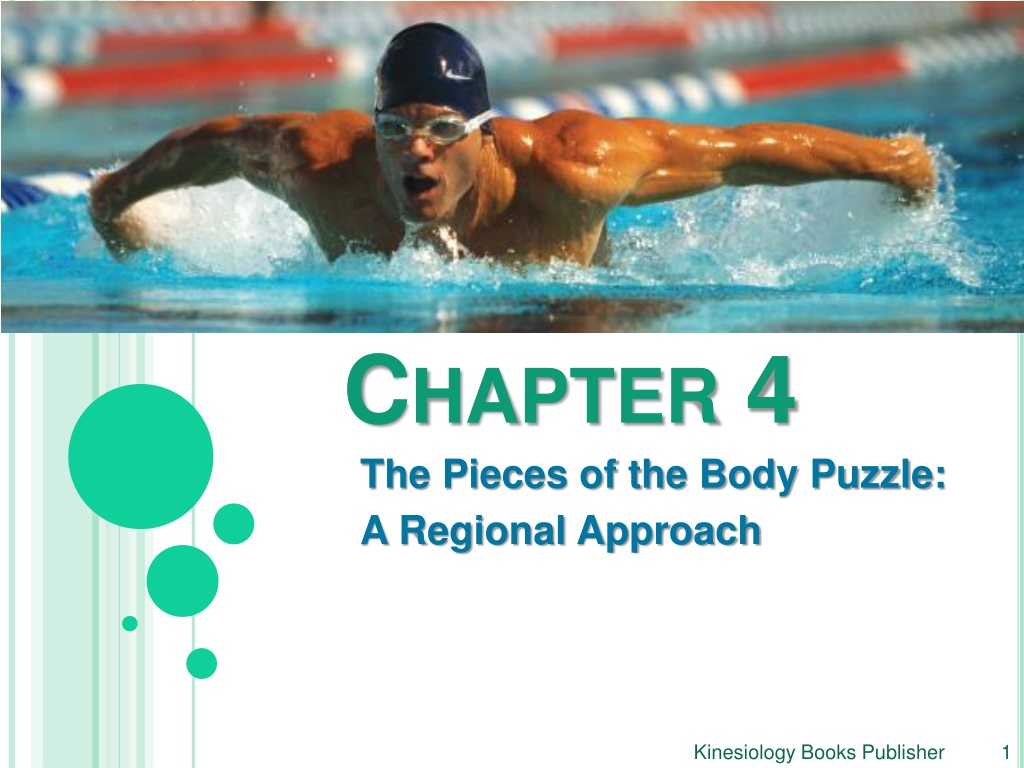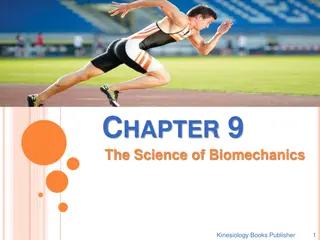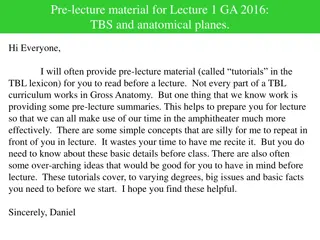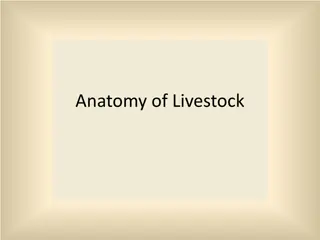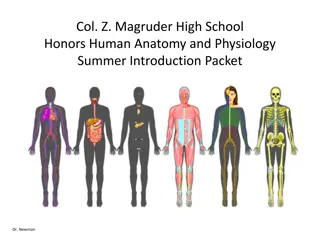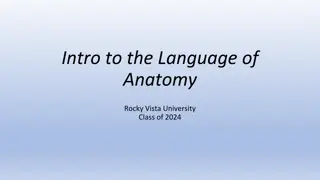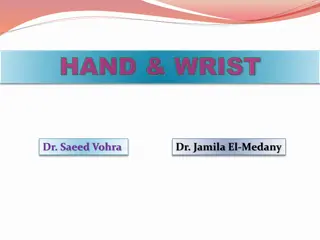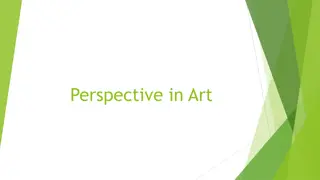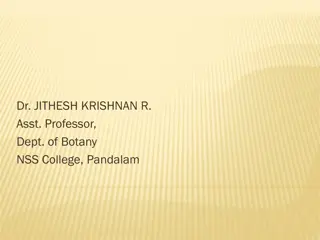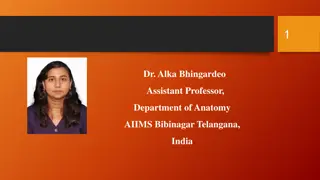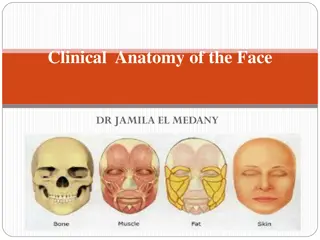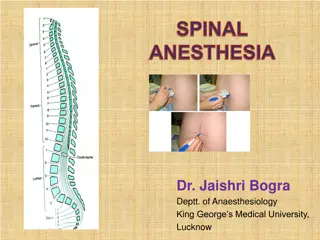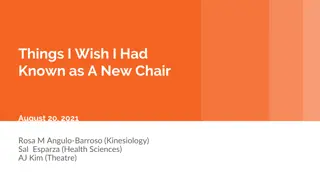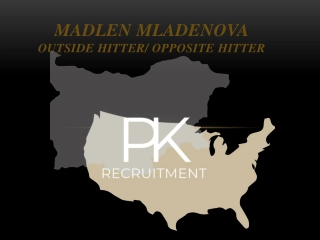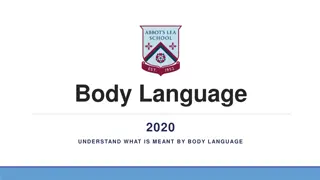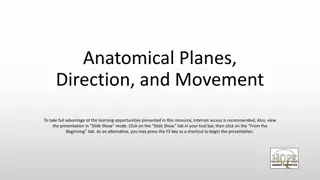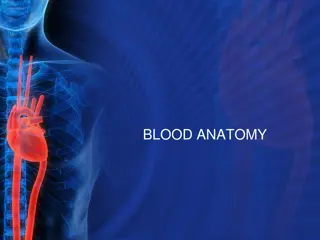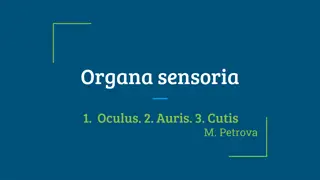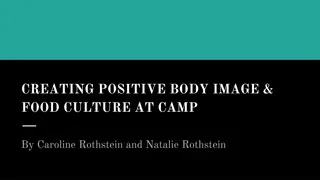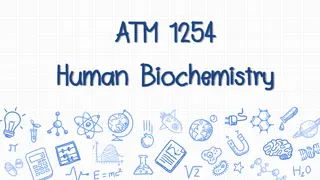Understanding the Regional Anatomy of the Body: A Kinesiology Perspective
Explore the intricacies of the human body's skeletal structure through a regional approach as outlined in kinesiology books. Delve into the axial and appendicular skeleton, facial muscles, skull anatomy, importance of wearing a helmet, facial bones, back region, and the vertebral column. Learn about the functions and key components of each region, from protecting the brain with the skull to the role of facial muscles in expression and chewing.
Download Presentation

Please find below an Image/Link to download the presentation.
The content on the website is provided AS IS for your information and personal use only. It may not be sold, licensed, or shared on other websites without obtaining consent from the author. Download presentation by click this link. If you encounter any issues during the download, it is possible that the publisher has removed the file from their server.
E N D
Presentation Transcript
CHAPTER 4 The Pieces of the Body Puzzle: A Regional Approach Kinesiology Books Publisher 1
TABLEOF CONTENTS Axial Skeleton Head and neck Region Back Region Appendicular Skeleton Pectoral Girdle Scapulohumeral Region Upper Limb Pelvic Girdle Lower Limb Kinesiology Books Publisher 2
AXIAL SKELETON Head and Neck Region Back Region Kinesiology Books Publisher 3
THE HEADAND NECK REGION Facial Muscles Skull Kinesiology Books Publisher 4
SKULL: CALVARIA Formed by 5 curved flat bones Frontal Parietal Protect the brain and the brain stem May be fractured by blows to the skull E.g. As a result of hitting the skull on the ice when playing hockey Temporal Kinesiology Books Publisher 5
Why Wear A Helmet? To prevent a concussion Brain injury due to shaking or jarring of the head Brain bounces against the inside of the skull WRONG Approximately 20% of reported concussions occur in organized sports Kinesiology Books Publisher 6
SKULL: FACIAL BONES Lacrimal Formed by 5 irregular bones Give it its individuality Nasal Provide protection for the eyes and air passages Allow chewing and entry of food Maxilla Mandible Kinesiology Books Publisher 7
FACIAL MUSCLES Allow us to: Change expression Orbicularis Display emotion oculi Form words Close eyes to keep them moist and prevent discomfort Orbicularis oris Close mouth to chew Kinesiology Books Publisher 8
BACK REGION Ribs and Sternum Vertebral Column Neck and Back Muscles Abdominal Muscles Kinesiology Books Publisher 9
VERTEBRAL COLUMN Back bone 7 cervical vertebrae (neck) Made up of 33 vertebrae arranged in a cylindrical column 12 thoracic vertebrae (chest) Interspersed with intervertebral discs Function: Attachment for back muscles 5 lumbar vertebrae (lower back) Protects the spinal cord and nerves 1 sacrum = 5 fused vertebrae (midline region of buttocks) Strong and flexible support; keeps body erect 1 coccyx = 3 or 4 fused vertebrae (tail bone) Absorbs shock through the intervertebral discs Kinesiology Books Publisher 10
Herniated Disk Involves the inside of the disc (nucleus pulposus) bulging out Due to disruption of the annular fibres of the disc May lead to nerve irritation and pain Most commonly occur in the lower back Repeated flexion (e.g., crunches), poor sitting posture, poor lifting technique Kinesiology Books Publisher 11
RIBSAND STERNUM Typically 12 pairs of ribs 1 to 7,True ribs (attach to vertebrae and sternum) Made up of bone and costal cartilage Curved and slightly twisted, ideal 8 to 10, False ribs (attach to sternum indirectly) Functions: Give strength to chest cage and allow it to expand 11 and 12, Floating ribs (attached to vertebral column) Protect chest area Kinesiology Books Publisher 12
